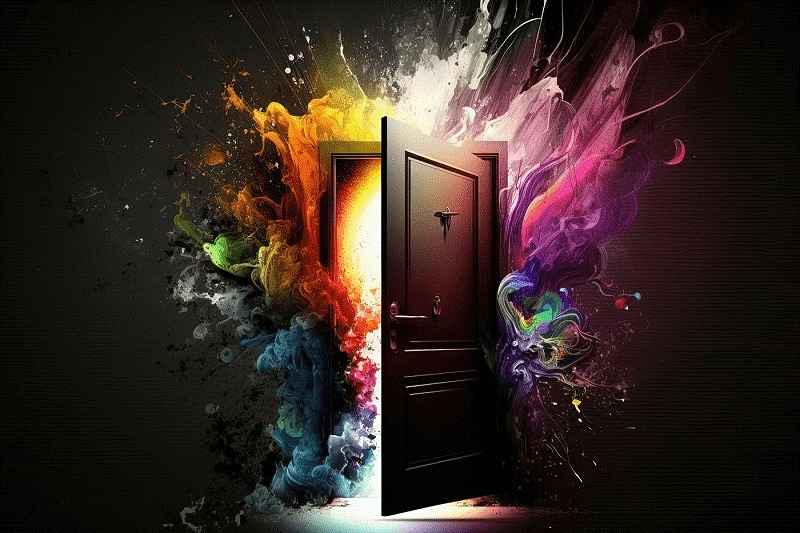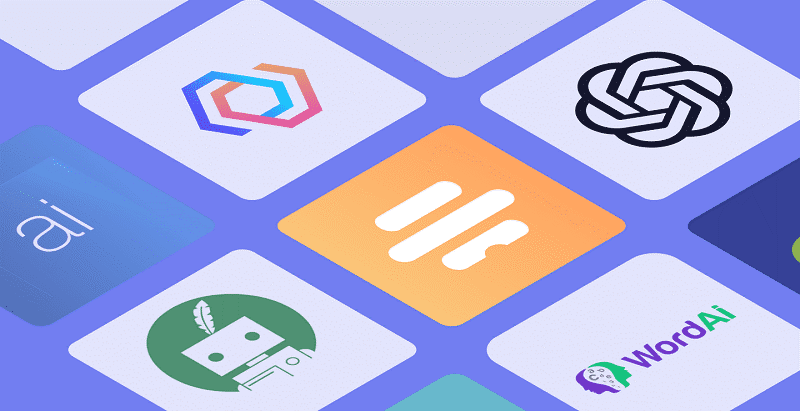The intersection of AI and human creativity has given rise to a fascinating new industry – prompt marketplaces. These platforms allow people to access AI image and text generation capabilities through customized prompts. In just the past year, prompt marketplaces like Anthropic, DALL-E, and Leonardo AI prompts have exploded in popularity. In this article, we’ll explore what’s driving the growth of this nascent space and what it could mean for the future of work and creativity.
The Rise of Prompt Engineering
At its core, a prompt marketplace matches buyers and sellers of AI prompts. Prompt engineers – usually creatives, writers, designers, and technologists – work to craft prompts that reliably generate specific outputs. For example, an engineer might develop a prompt that generates realistic images of furniture in various styles. Buyers can then license these prompts and use them to get AI systems like DALL-E to produce on-demand images and text.
Prompt engineering requires a blend of creative and technical skills. The ability to articulate what you want the AI to generate in a way the system will understand is crucial. Prompt engineers also need to iterate and refine prompts over many generations to make them robust. The most skilled engineers have intuitions about what wording and structure will elicit the desired response from the AI.
Information Use !!
Concerned about online trackers and introducers tracing your internet activity? Or do you face geo-restrictions while streaming? Get NordVPN - the ultra-fast VPN trusted by millions, which is available at 69% off + 3 Months Extra. With the Double VPN, Split tunneling, and Custom DNS, you can experience internet freedom anytime, anywhere.

Democratizing Access to AI Creativity
Prompt marketplaces like Leonardo AI prompts an exponential expansion in the number of people who can effectively utilize AI for creative purposes. In the past, leveraging these generative AI systems required specialized knowledge and access. But prompt marketplaces allow anyone to tap into the creativity of systems like DALL-E with just a few clicks.
Creative professionals like graphic designers, artists, and writers are now using prompts to augment their workflows. Marketers are testing prompts to generate social media images and ad concepts. Even hobbyists are prompting AIs to create poetry, images, and music just for personal enjoyment. Prompt marketplaces are democratizing access to what was previously only available to elite researchers at institutions like OpenAI.

Spurring New Business Models and Services
The prompt marketplace ecosystem has given rise to entirely new business models. Specialized prompt production companies are emerging to supply prompt marketplaces. Individual prompt engineers sell access to their best-performing prompts, almost like digital intellectual property. Other prompt marketplaces have in-house engineering teams optimizing the site’s catalog.
Prompt marketplaces are also enabling new AI-powered creative services. Startups leverage prompts behind the scenes to offer on-demand graphic design, writing, music, and video production. As access to prompts spreads, they will become an integral component behind all sorts of next-generation creative services.
Concerns About Copyright and Ethics
The growth of prompt marketplaces has not come without controversy. Some argue that prompts derived from copyrighted materials essentially privatize and sell access to capacities like DALL-E that were trained on public data. Others criticize prompts that reinforce harmful stereotypes or generate misleading content as unethical.
However, prompt marketplaces are establishing novel approaches to content moderation. They screen prompts using both human reviewers and AI systems. Marketplaces also implement tiered access restrictions and screening for buyers. By making AI generative models more available to wider audiences, prompt marketplaces encourage more participatory governance of these systems.
The Future of Creativity and Work
It’s too early to predict precisely what impact these nascent prompt marketplaces will have on the future of work and creativity. But if current growth trends persist, they will soon become integral platforms underpinning how both professional creators and casual users leverage AI for imaginative pursuits.
Looking ahead, we can expect prompt engineering only to become more sophisticated as the market matures. New standards and tools will emerge to enhance prompt reliability and interoperability. And creative professionals of all types will increasingly utilize prompts in their workflows and services. While prompts are unlikely to automate creative work fully, they do seem poised to alter it substantially.
The Evolving Legal Landscape
As prompt marketplaces continue to expand, their novel use of copyrighted source material and AI systems trained on such data raises tricky legal questions. Prompt engineers often derive prompts using texts or media owned by others, then sell access to AI capabilities that output-derived works.
Some legal experts argue this violates copyright, even if the prompts themselves are non-infringing. But prompt engineers claim their creations are transformative new works eligible for fair use protections. These issues around derivative works and fair use in AI promise to be hotly debated in coming years as lawsuits emerge.
Complicating matters further, major AI developers like OpenAI and Anthropic have implemented restrictive licenses on their models. Some fear these licenses, which limit commercial use, may curb innovation in the prompt space. If firms can’t legally commercialize prompts for systems like DALL-E, the growth of marketplaces could stagnate. Lawmakers and courts will likely need to intervene to settle these uncertainties in AI and IP law.

Pushing the Boundaries of AI Creativity
For all their current capabilities, today’s image and text generation models still have clear limitations. However, prompt engineering practices continue to push the boundaries of what’s possible. Prompt designers are exploring novel techniques like chaining prompts together, steering outputs through incremental steps, and juxtaposing disparate prompts to force surprising creative leaps by the AI.
Tools are also emerging to support prompt programming – using code to generate and iterate prompts automatically. Such software could allow creators to establish entire personalized AI systems tuned to their unique needs and artistic goals. Research exposing how models interpret prompts also promises to advance the field.
As AI capabilities and prompt programming grow, virtually any creative or imaginative task could become automated. Architects might design buildings using AI assistants. Fashion designers could generate catalogs of cutting-edge clothing. The only limits may be human vision and ambition. But to achieve that remarkable potential, progress in responsible and ethical AI practices must accompany technological breakthroughs.
Disclosure: If we like a product or service, we might refer them to our readers via an affiliate link, which means we may receive a referral commission from the sale if you buy the product that we recommended, read more about that in our affiliate disclosure.

